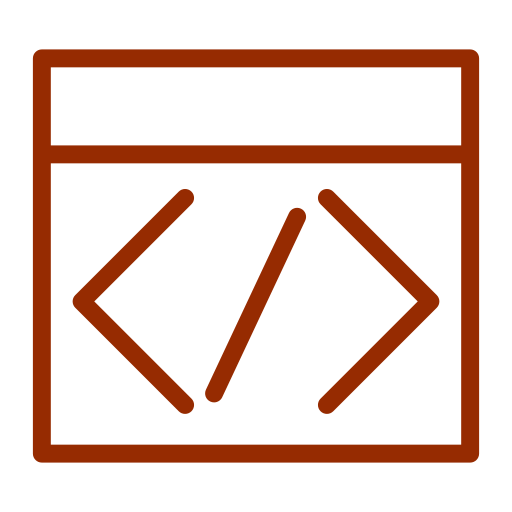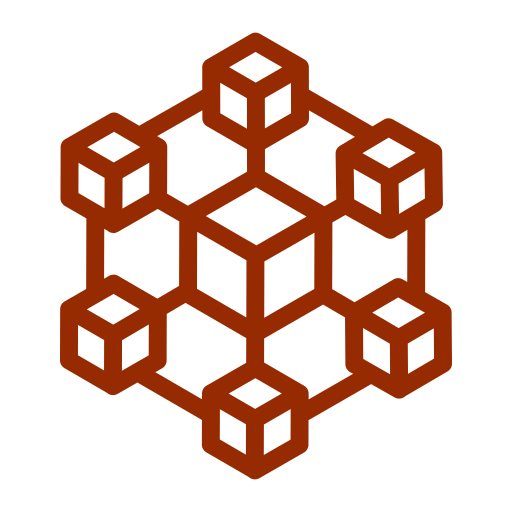
Sharing your assessments
Working with respondents
Direct link
A direct link is the easiest and most low-maintenance way to share your assessment. This enables you to share your assessments from your website, via email, text, a company intranet, or social media. As the feedback report can be made available for download, no Personally Identifiable Information is required.
API integration
If you have a system that you wish to use to initiate a response, for example. a Learning Management System or an e-commerce site, you can either call our API directly or use Zapier to initiate a response. We will email the respondent directly with their unique one-use link.
Emails, including a unique one-use link to a response, can be fully customized and branded by you. You can make them come from your organization by setting up login details to your email server. This will go a long way in ensuring that your assessments are received securely and not confused with spam.
Cohorts
Respondents can be invited as a member of a cohort. Welcome emails are similarly sent for their unique link, but they are recorded as a cohort member for group reporting. Cohorts can be user-managed, where respondents are identified by the contact user and invited through the system or anonymously.
Respondents portal
With Brilliant Assessments, you can give respondents access to assessments through a Respondents Portal. Like responses, this can also be custom-branded. The Respondents Portal is for single respondents only.
Anonymous cohorts
Unique links can be distributed such that while no Personally Identifiable Information is entered, the respondent is identified as a cohort member, allowing for reporting at individual and team levels.






